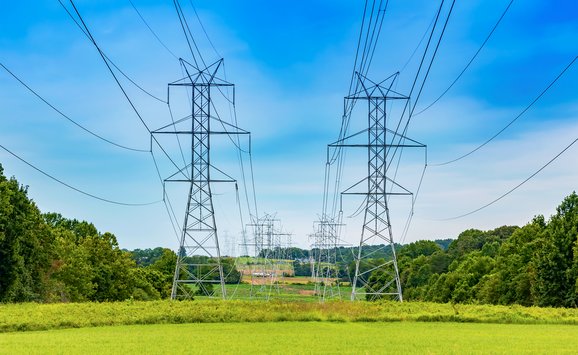The Supreme Court has surprised all parties by freezing obligations under EPA’s Clean Power Plan (CPP) until it fully reviews the plan, which is likely by mid-2017. The action has rattled international partners and sparked various political celebrations or dismay. But what is the impact on emissions outcomes in the United States in 2025? Most likely: none at all.
The Supreme Court’s decision to stay the rule aims to avoid potential irreparable injury to regulated parties in the event that the rule is overturned upon final review. However, the Court’s decision does not stay the changes that are happening already in the electricity sector.
The Court’s decision has introduced uncertainty in the international context; the plan is a centerpiece of the President’s Climate Action Plan and of the US pledge in Paris. This week I have been asked by international colleagues and policymakers whether this means the United States will be unable to sign the Paris agreement before the April 21 deadline. The pledge and review framework that emerged in the Paris negotiations were the result of a dialogue that had many partners advocating for legally binding agreements. In the negotiations leading up to Paris, the Clean Power Plan represented a regulatory framework that many interpreted as a guarantee that the United States would meet its pledge, even if the pledge was not legally binding.
Surprisingly, the Court’s decision, and ultimately the fate of the Clean Power Plan, is likely to have a small effect on emissions outcomes that actually occur in the US power sector up to 2025 (the date that anchors the Paris accord). Modeling and research by a spectrum of organizations all come to a similar finding: the cost of compliance under the Clean Power Plan is likely to be low at least through the middle of the next decade. In the models, this is evident in very low prices for emissions allowances if states choose a cap-and-trade option for compliance, or very low prices on emissions rate credits if states choose the rate-based option. And none of these models represent the recent extensions of incentives for renewables or the even-lower-than-expected prices for natural gas.
The models find the Clean Power Plan does not force major new investments or drive new technologies (renewables, nuclear, or carbon capture and storage). Since that is true, and costs are so low, is the Clean Power Plan doing anything? The answer is yes. But rather than viewing it as a forcing regulation, it is more accurate to view it as a big ratchet.
First, the plan ratifies changes that are already happening in the electricity sector with respect to the expanded use of natural gas and the introduction of new wind and solar capacity. In fact, it is constructed based on technical findings of what has already been adequately demonstrated in the sector. The cost of solar and wind have fallen multi-fold. Most recently, the multi-year extension of the production tax credit/investment tax credits for renewable technologies has served like adrenaline to excite investment activities in these areas. As a consequence, coal’s share of electricity generation has fallen and the value of coal stocks has collapsed.
Second, it changes expectations and alters the climate for investors about the future carbon-constrained economy. Even without the Clean Power Plan, investors in assets that have long lives would have to be myopic to think that carbon emissions will remain unconstrained. And after it is implemented, the Clean Power Plan is unlikely to be the last word.
Materially, the biggest effect of the Clean Power Plan is to provide a backstop. That is, in the event that relative fuel prices between natural gas and coal change in coal’s favor, the Clean Power Plan would discourage a new expansion in coal-fired generation. With the plan delayed, there is more uncertainty about what would happen if the technology or fuel price fates were to suddenly favor coal.
The Supreme Court’s decision to stay the rule aims to avoid potential irreparable injury to regulated parties in the event that the rule is overturned upon final review, but the decision does nothing about the changes that are already happening in the electricity sector. The Court’s ruling gives more credibility to unexpected potential outcomes but the most likely path forward in the electricity sector remains materially the same.





